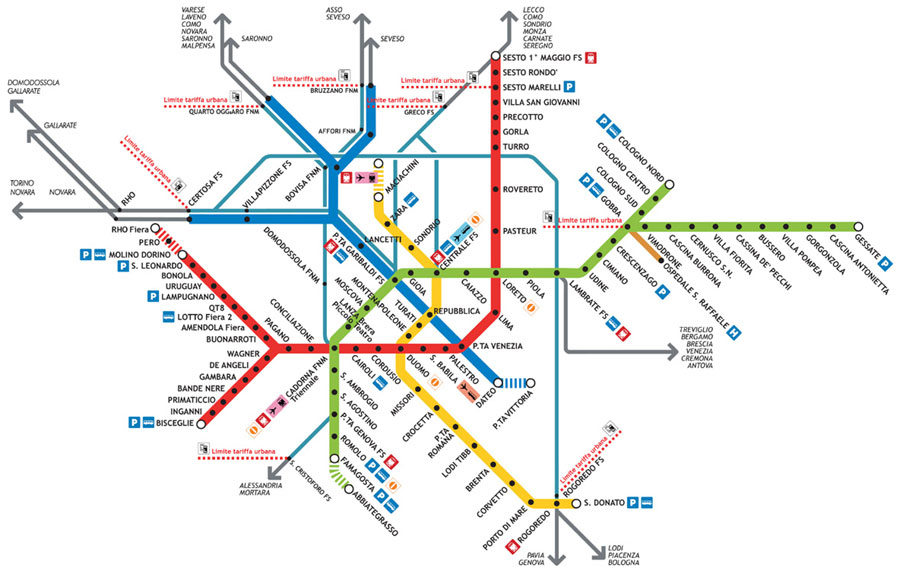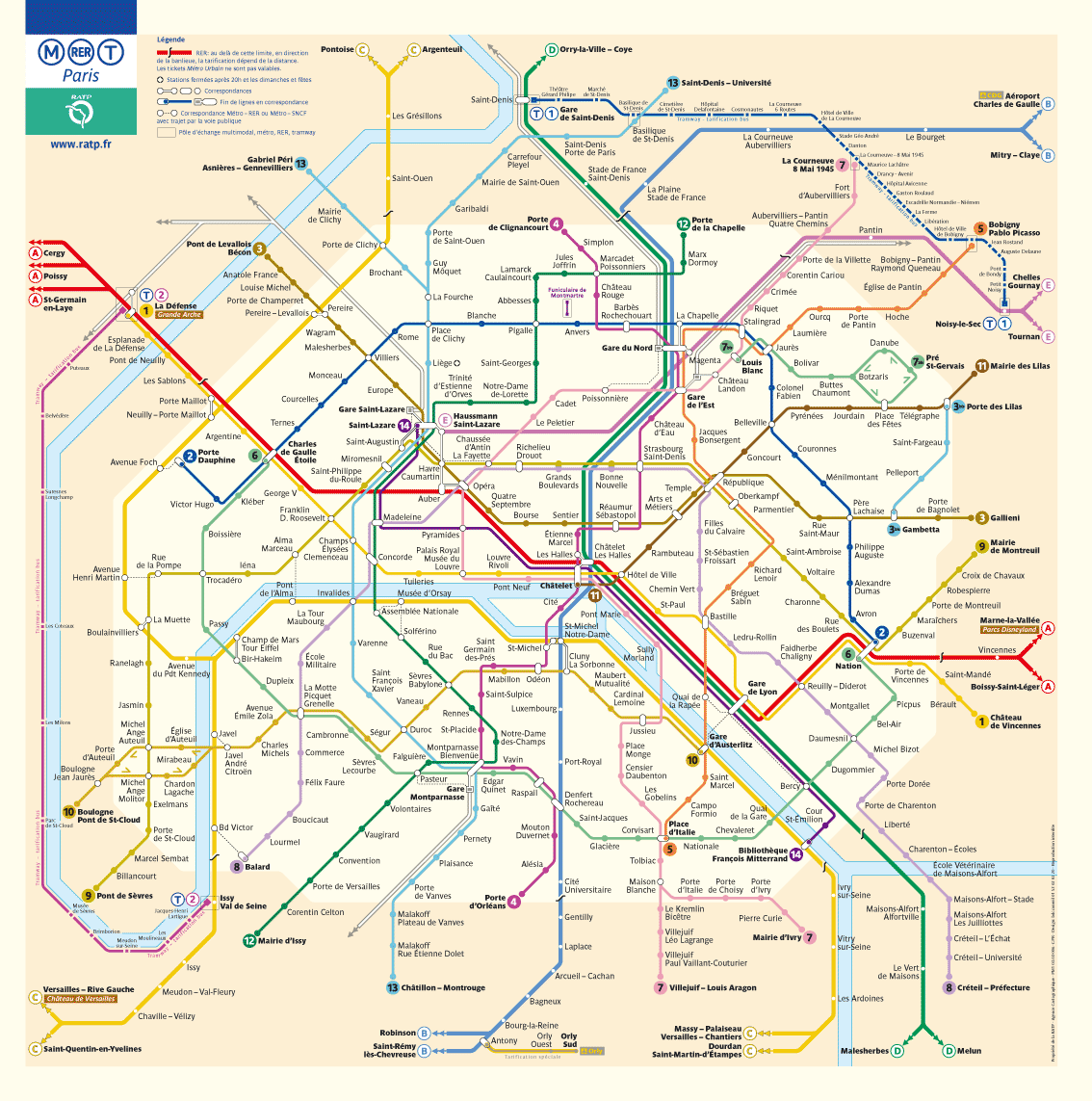This week I'll be critiquing my cover roughs for the True/False issue of Vox. The theme is WT/F? Or "What True/False?" As in, the who, what, when, where and why of True/False.
This was the first cover I created and my favorite of the three. I like it because it's very immediate and fun; it would have great newsstand appeal. Conceptually, it might be a bit fuzzier (to use a technical design term), but the general feeling I get with True/False is that we're essentially putting a silk hat on a pig. That is, Columbia is a very nice college town in the middle of Missouri. It's impossible to comprehend, therefore, how it came to host one of the top two or three biggest, most popular documentary film festivals in the world. It's loved by the directors (plug!) and the community alike, but Columbia is not Hollywood or Cannes or Venice. Columbia is an average Midwestern town the other 361 (362 in leap years, of course) days of the year. So I tried to evoke that disconnect or cacophony in the design. The type is derivative of something that was elegant but has been cheapened, and the color palette is just a little garish but still very pretty (I think, at least). This combines, of course, with the text to be very jarring in a positive way.
My second cover is essentially a more literal interpretation of that the concept I was trying to convey in the first cover. Here, the idea is that the acronym "WTF" has been spray-painted as graffiti onto a brick wall in downtown Columbia (where True/False takes place, primarily). The film of the festival is then projected onto the city to add culture, but the city remains part of the landscape. Execution-wise, this is rough, and would likely require actually painting a brick wall and photographing it or a more skilled Photoshop artist.
The final cover is my least favorite, and, therefore, it was everyone else's favorite. It bores me, and it was exceedingly simple to put together and conceptualize. My thinking behind it would be to emphasize the emptiness of the documentary director's chair as he or she is out-and-about rather than sitting in a studio. That said, people took the proportion of the chair to signify the importance of the director to the documentary process.
In each of the covers, I chose to not use sell lines because the T/F package deserves full importance. It is the biggest thing that happens in Columbia each year by a wide margin. Furthermore, as a city magazine, Vox has little value to out-of-town visitors for T/F for anything but our festival coverage. As such, cluttering the cover with extraneous info about swim instructors and gaming conferences would be less worthwhile than it usually is.
































